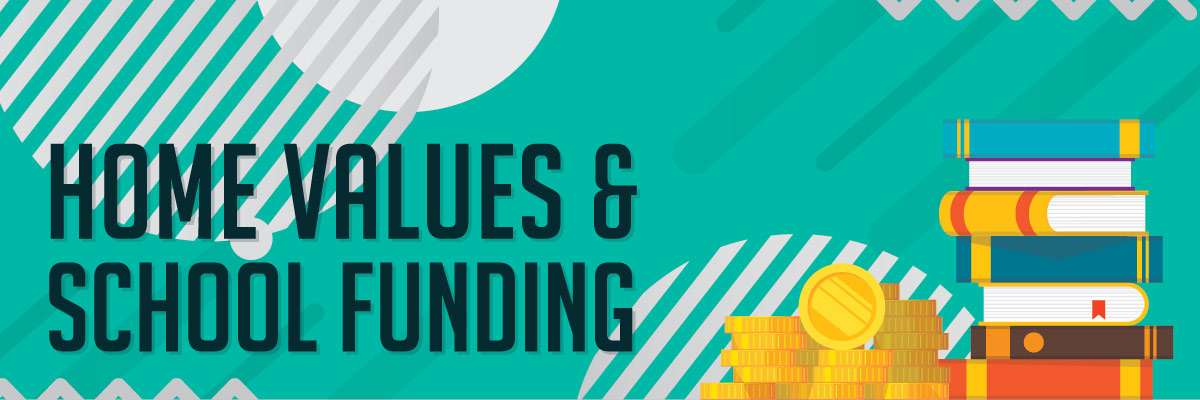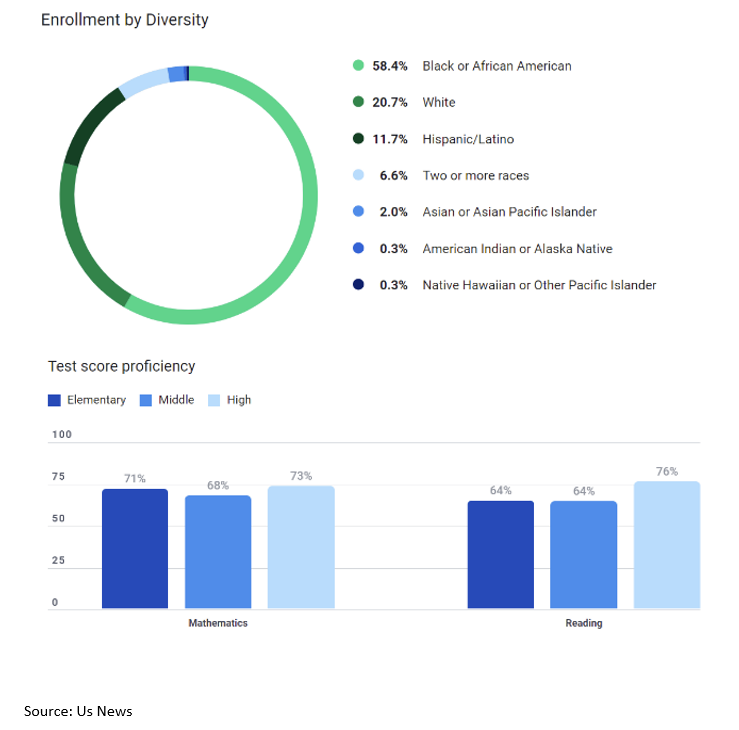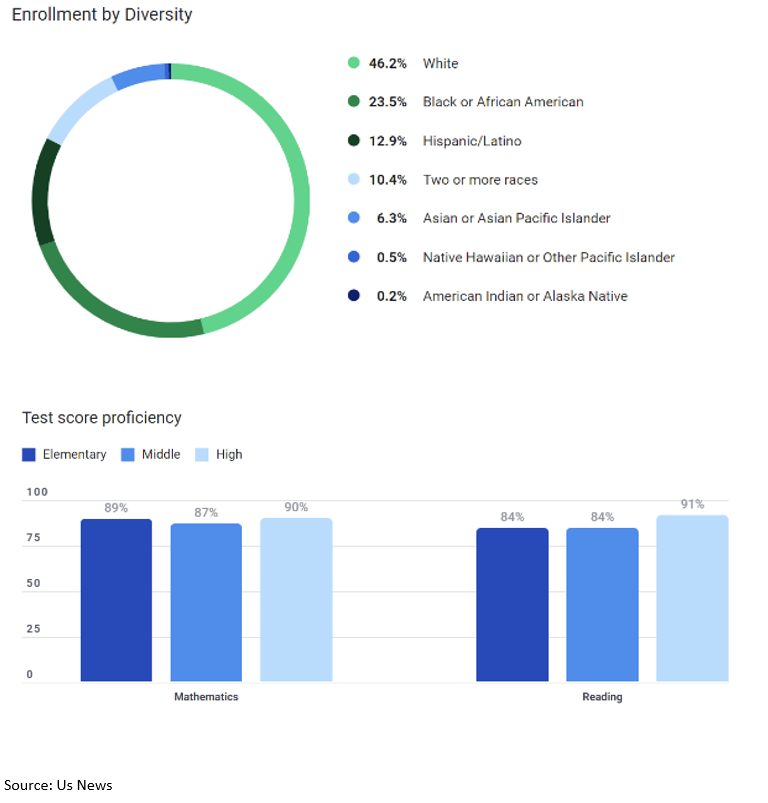The Importance of Home Values to School Funding
July 14, 2022

One of the most important factors buyers look for when purchasing a home is the local school district. For many, this can be the determining factor in either purchasing a home or not. The correlation between a school district and the value of a home is quite simple. In most cases the better a school district, the higher the home prices around it will be. Now, if we think about it from another perspective, the higher the home prices, the better the school district will be. How important are home and property values to a local school district?
A study by the National Bureau of Economic Research found a correlation between public school expenses and home values in neighborhoods. For every dollar spent on public schools in a community, home values increased by $20. Even though this study is mind boggling, it does not take everything into account because it does vary by school district. More efficient school districts can reduce their expenses and still have high quality education. National statistics show that the average difference in home prices between high performing school districts and low performing school districts is about $205,000.
Examples from Virginia School Districts
In Virginia, public schools are funded by local, state, federal government, and contributions and in some cases through partnerships in the private sector. School funding relies heavily on property values because the higher the value of a home or property, the more tax revenue it will generate. In communities with depressed property values, it can have a direct impact on the funding resources that are available to the local school system. This alone reflects how many school districts in poorer neighborhoods often lack adequate funding. This can lead to lower test scores, which leads to poorer school ratings, then leading to less desirability for a home in proximity to the school.
Norfolk City Public Schools (NPS) has a total of 51 schools in their district with an overall “C+” rating from Niche. NPS is one of the largest urban school districts in the commonwealth, with approximately 32,000 students and a minority enrollment of 80%, many of these students economically disadvantaged. The district receives funding of about $391 million and spends up to $13,122 per student. About 51% of the district’s funding comes from the state, 34% from local government funding, and 14% comes from the federal government. As of May 2022, the year-to-date median sales price of homes in the City of Norfolk was $275,000.
Demographic and Test Proficiency of NPS

In a neighboring school district, Virginia Beach City Schools (VBS), we can see a noticeable difference in the districts’ financing and the impact it has on its rating. According to Niche, VBS is the 7th best district in Virginia with an overall “A” rating. There are over 65,000 students within the district, with a 60% minority enrollment. With 87 schools, the district receives about $875 million ($484 million more than NPS). About 50% of the district’s funding comes from the local government, 42% from the state, and 7% from the federal government. As of May 2022, the year-to-date median sales price of homes in the City of Virginia Beach was $340,000, which is about 24% higher than the median price in neighboring Norfolk.
Demographic and Test Proficiency of VBS

Conclusion
The discussion of school funding has been a hot topic for many years now. It’s evident that school districts without enough funding can have a severe impact on the rating of the district and more importantly the students’ education. What can we do to help support school funding? Do we need to find ways to increase property values in these areas where funding is low? Research from the Bookings Institute found that for example, median home values in predominantly Black neighborhoods are estimated to be about 55% lower than median home values in Hispanic white or non-Latino census tracts. Virginia is one of the best states in the nation when it comes to K-12 public education, but there’s a lot that still needs to be done so that all children are given an equal opportunity to achieve their education. When we better our school districts then home values will increase, and when we increase our home values then school district funding will increase. This critical relationship can lead to better education outcomes for the children in the local community.
You might also like…
Midway Through 2024, Virginia Home Sales Activity Slightly Outpacing Last Year
By Robin Spensieri - July 24, 2024
According to the June 2024 Virginia Home Sales Report released by Virginia REALTORS®, there were 10,018 homes sold across the commonwealth last month. This is 974 fewer sales… Read More
Three Multifamily Market Trends from the Second Quarter of 2024
By Sejal Naik - July 16, 2024
Each quarter, through its Multifamily Market report, the research team at Virginia REALTORS® analyzes the trends and changes in the multifamily market. Here, we share the key highlights… Read More
Takeaways From the JCHS 2024 State of the Nation’s Housing
By Dominique Fair - July 15, 2024
The Joint Center for Housing Studies from Harvard University released this year’s State of the Nation’s Housing report highlighting the impact today’s market is having on both homeowners… Read More